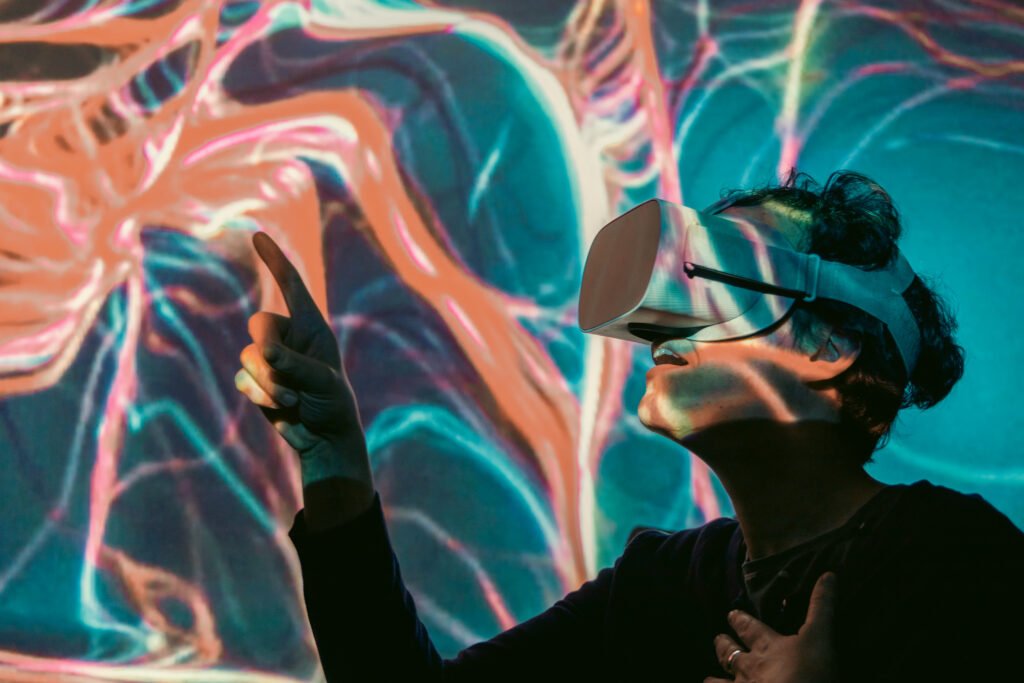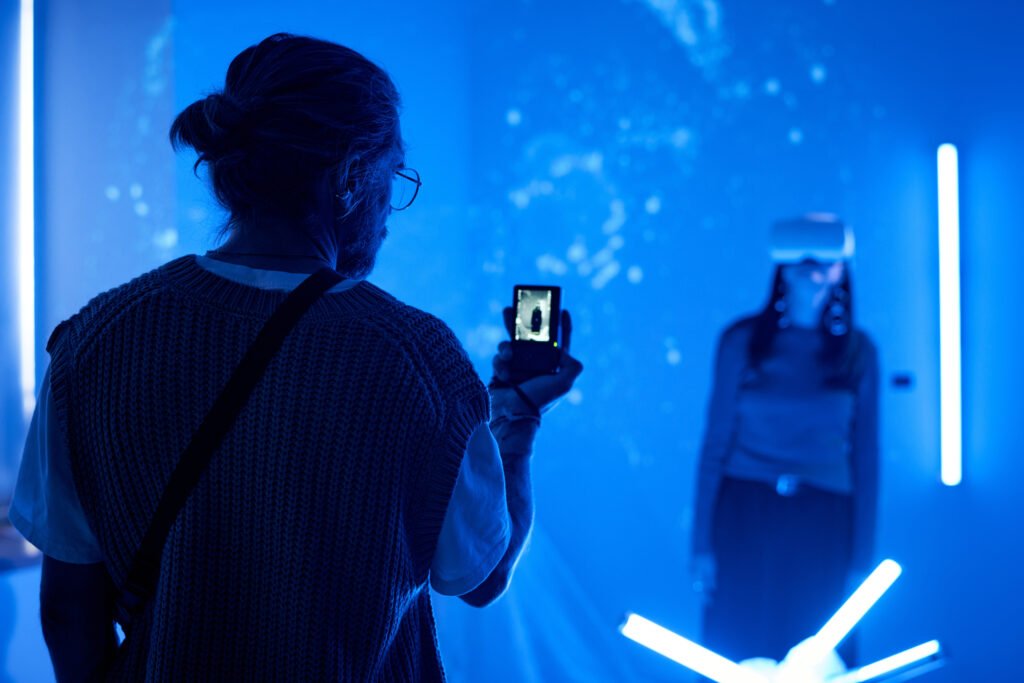In today’s art scene, passive contemplation no longer defines how we engage with art. Immersive installations have taken over museums, galleries, and social media by offering viewers a sensory-rich and emotionally engaging experience. Rather than observing a static piece, the audience becomes an active element of the work, blurring the lines between space, perception, and emotion.
This new way of experiencing art is growing stronger in a digital world where lived experience is a core value. Artists working with immersive installations frequently blend technology, light, sound, and physical space to go beyond traditional formats. This shift has attracted not only curators but also individuals looking to buy abstract art or discover the best places to buy art online through innovative platforms.
Immersive installations: The Fusion of Art, Space, and The Human Body
Immersive installations are built to surround the viewer with visual, tactile, and auditory stimuli. According to scholar Claire Bishop of the City University of New York, such works “activate the body and the subject’s displacement as integral components of the artwork” (2012, Artificial Hells: Participatory Art and the Politics of Spectatorship). A prime example is the Japanese collective teamLab, which creates entire rooms filled with interactive digital projections, allowing visitors to modify the artwork as they move through it.
This approach turns aesthetics into experience. The viewer is no longer outside the artwork; they are immersed within it. As a result, abstract art takes on new life. Many immersive installations adopt abstract visual languages and connect with psychology, neuroscience, and even behavioral science. For those aiming to buy art that stimulates the senses and emotions, immersive experiences offer powerful new possibilities.
From Museums to the Digital World: An Immersive Future
Augmented reality (AR) and virtual reality (VR) are popular. So, the future of immersive installations is digital. They are rapidly moving into these new environments. Projects like Immersive Van Gogh show this shift. Atelier des Lumières in Paris is another example. They show how technology transforms how we engage with art. These exhibitions use high-resolution projections. They project across walls, floors, and ceilings. This creates fully sensorial journeys. These journeys captivate both experts and casual visitors.
The 2021 Art and the Digital Experience study from the University of Oxford revealed that over 67% of participants reported feeling a stronger emotional connection to interactive art than to traditional paintings. This finding underscores the growing desire to buy abstract art that connects with immersive and emotional experiences.

Moreover, the best places to buy art now include digital platforms that feature immersive and interactive works. Online galleries are adapting to offer VR-based installations, accessible from anywhere in the world. This democratization of access allows everyday individuals, not just elite collectors, to explore and acquire works that transcend physical boundaries.
Ultimately, immersive installations challenge us to rethink not only the aesthetics of art but also the very way we experience and interact with it. They invite more democratic, sensorial, and emotional forms of expression — where the viewer becomes a participant and the artwork becomes an environment.



